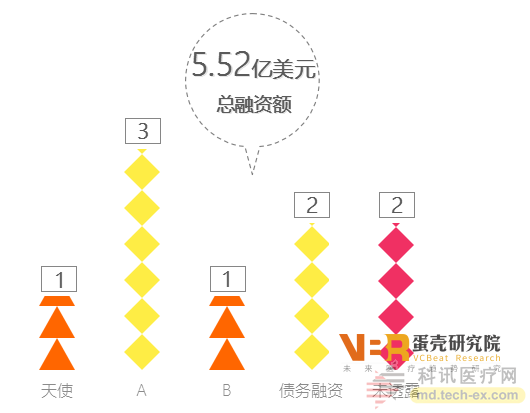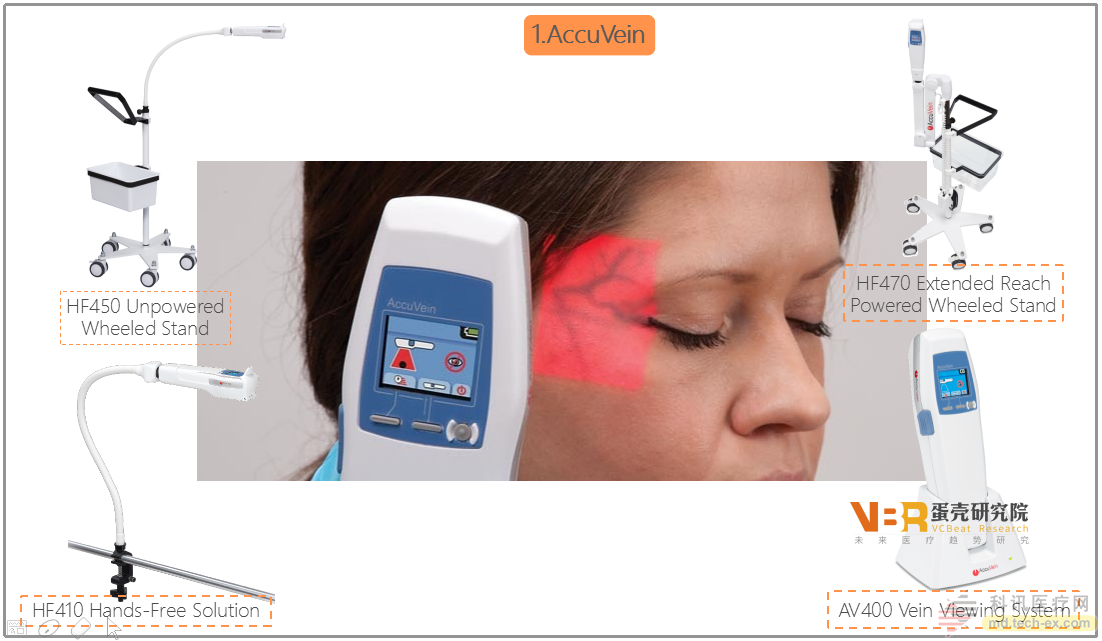Release date: 2016-05-18
Sharing the topic: What is the future of AR in the healthcare market than VR?
I believe that everyone has also noticed a phenomenon. At present, VR is the limelight, playing well in games, entertainment and social applications. Can AR be more representative of the future? In fact, this problem is more general. If I only use the application effect of the two, I am more optimistic about the integration of AR and various industries.
According to Digi-Capita, by 2020, the global AR market will be $120 billion, and the VR market will be only $30 billion. Of course, everyone should not shun the light because of this data, they each have their own application scenarios and values. In some cases, the two will overlap.
AR is currently the most frequently discussed entertainment application running on a mobile phone or tablet, and the medical health section I focus on has applications such as medical simulation, minimally invasive surgery, and rehabilitation. Here I would like to talk to you about what this industry is like, and then give some examples of current medical health applications. Finally, personally explain the future development trend and risk challenges of AR medical applications.
Industry: AR's application in the field of health care is still in the blue ocean exploration period
According to the latest statistics of AR in China, there are more than 200 companies engaged in AR application development in China, 80% of which tend to have developed game applications, and the rest are biased towards lifestyle applications such as film and television. The application focused on the field of health care, based on public information, is estimated to be no more than 10 at present.
Overseas, according to the comprehensive data query of CBInsights, CrunchBase, AngelList website, there are currently about 30 startups focusing on AR medical applications. Nine of the startups were financed, with a total financing of $552 million and a 30% investment rate.

There are three main types of clients for the project: medical institutions, laboratories, and blind people. Among them, medical institutions mainly focus on patient virtual information, vascular lighting, surgical teaching, surgical navigation, and surgical simulation training. That is, the project that opens the market through the service B side is more subject to capital attention. So globally, the application of AR in the medical and health field is still in the blue ocean exploration period.
In the AR medical health application industry chain, the company is mainly distributed in four categories of terminal equipment, software, content and applications, providing hardware and PC application software for end users, and most of them rely on direct sales products for profit.

As far as the current situation is concerned, the market is still far from mature. However, it has also attracted some of the leading industry giants to participate.
The most famous is Microsoft's HoloLens holographic glasses. In the official promotional video, medical researchers can view the structure of human organs, muscle tissue and human bones through HoloLens, which is also the most powerful AR device at present. And, for example, a 3D augmented reality system designed by game giant Illusion to help doctors better perform cosmetic surgery; and an AR application developed by Philips Healthcare and Accenture to allow doctors to monitor patients at any time. Vital signs and alerts when potential risk issues are detected.
The distribution of the application of integrated industry giants and start-up companies, through statistics, currently has about 20 areas subdivided into the entire market:

Example: The application of AR in the field of health care is still in the early stage of exploration.
The first is about vascular lighting, which helps medical staff see hidden blood vessels during surgery through PC applications.

AccuVein has developed four models for different scenarios. It is used to directly illuminate the surface of the skin during venous needles, blood draw, sclerotherapy, general surgery and cosmetic surgery, and exhibits vascular lines to achieve vascular positioning.
The second is a case study of medical device marketing visualization.

Hologic, a company dedicated to the development of imaging systems and diagnostic testing products for women's health, developed an application called Hologic Augmented Reality app, which allows target users to have an intuitive visual experience before purchasing equipment. Real-time interaction. In addition, Hologic's sales staff can bring this 3D augmented reality device clinical application to users at any time and anywhere to show how medical devices fit into existing settings.
Finally, I will share with you the application of OrCam for vision navigation. It relies mainly on head-mounted displays and portable accessories based camera-based augmented reality systems to allow visually impaired people to move and read freely.

A camera that is attached to the frame by a magnet is connected to a laptop via a small cable that can be placed in a pocket. At the same time, the bone conduction speaker clearly transmits the read content (newspaper, road sign, traffic light, face, etc.) to the user.
On the whole, AR's application in the medical and health field is still in the early stage of exploration of the pioneering company's great innovation, and it is far from a large-scale competition.
The main business models are B2B and B2C:

At the B end, mainly hospitals, third-party laboratories, providing them with hardware (head-mounted display devices, handheld devices), PC application software profit. For the entire medical system, the development of the B-end users (the dotted line in the above figure) will be increased in the future, such as pharmaceutical companies and medical equipment manufacturers. The sales of drugs and equipment are affected by policies and markets. The hardware and applications used to assist sales will bring users a more intuitive and real experience.
The C-end is mainly for medical personnel, patients, and consumers. The income methods for them mainly come from hardware and in-app purchases, but it is still far away to cover this group comprehensively.
The future model is bound to become more diverse and the products offered will be more abundant. For example, doctors can use the accurate images provided by AR medical applications to complete the whole process step by step. First-aid personnel use the AR head-mounted display to direct on-site medical staff to make targeted rescue measures to prevent missed best first aid due to missed rescue time. Wait.
Trend: More clients come from industry and business
If you estimate future trends from participants, segments, and product categories, you think:
Industry giants, medical indigenous people (traditional pharmaceutical companies/medical machinery manufacturers) are constantly pouring in, and the industrial chain is gradually improving;
The subdivided areas are mainly surgical aids, such as navigation visualization for surgical operations and teaching anatomy PC application software, and marketing drugs and device apps for traditional pharmaceutical companies and medical device manufacturers will increase;
Product categories are based on specific PC applications, but it is best to help doctors handle some of their daily tasks and free their hands;
The clients are more from the industrial and commercial sectors than the consumer sector, such as hospital operating rooms and third-party laboratories.
According to the Lancet study, 5 billion people worldwide do not have access to safe and affordable surgery, with 143 million simple operations per year, which requires 2.2 million surgeons, for AR applications for surgical navigation, regardless of Whether it is a head-mounted display or a PC application will be a potential application area.
Finally, there are two main risks that need to be pointed out – data privacy security and technical issues. For example, the degree of interaction between the display field of view and the natural gesture is a high threshold. Of course, which application of new technology will face this situation.
I think that the entrepreneurs who are deeply entrenched in this application field can only remember one thing, that is, to resist loneliness and take root in the application of AR in the field of medical and health, rather than relying on the concept of speculation. Looking forward to quickly finding a profit breakthrough.
Source: Arterial Network
Fibersol Fiber,Dietary Fiber,Bar Ingredients
Shandong Bailong Chuangyuan Bio-tech Co.,Ltd. Qingdao Branch , https://www.sdblcycn.com